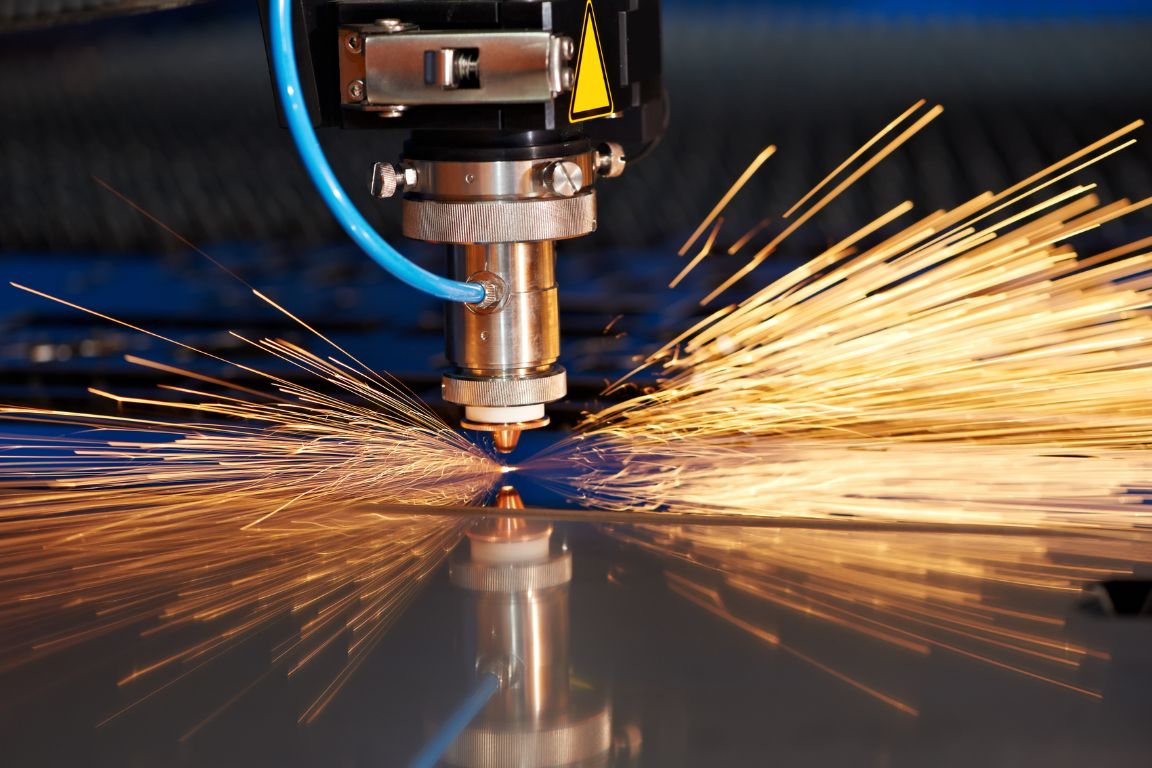Cutting-edge precision manufacturing techniques are revolutionizing the way products are made – from intricate designs on clothing accessories to the mass production of automobile parts. Explore how modern cutting techniques are reshaping industries.
The Advent of CNC Controls
The invention of computer numerical control (CNC) transformed the metal cutting industry by offering a significant leap in precision, efficiency, and repeatability. By leveraging digital programming languages, CNC machines operate with fewer errors, minimizing material waste and reducing production costs.
CNC controls provide superior precision, consistent quality, streamlined production processes, and a reduction of material waste. Manufacturers and metal fabrication shops have adopted CNC machinery as a standard in their industries.
Robotic Cutters
Automation and robotics have become essential elements of modern industry, including metal fabrication, auto manufacture, and even aerospace. Robotic cutting machines are versatile and flexible, allowing for faster production and reduced labor costs. Many machinery manufacturers now include robotic integrations for automated cutting technology.
Think of robotic cutters as an advanced form of CNC machinery: in addition to CNC controls, robotic cutters may employ vision systems and precision measuring capability. These result in improved operational efficiency, increased machine utilization, reduced labor costs, and enhanced safety in the workplace with no-contact cutting.
Plasma Cutters
Emerging as a popular choice for metal fabrication, plasma cutting provides an efficient solution for cutting through electrically conductive materials. Employing a high-velocity jet of ionized gas, plasma cutters melt and blow away material through thermal separation. Plasma cutters can cut through thick metals and can perform at high speeds.
Waterjet and Laser Cutters
Harnessing the power of water and abrasive materials, waterjet cutting offers a versatile and environmentally friendly solution for slicing through dense, thick materials like stone, ceramic, and thick metals. Its cold-cutting process eliminates the heat-related concerns associated with other methods, such as distortion and material hardening.
Laser cutters use intense laser beams to achieve incredibly detailed cuts, working at impressive speeds, with exceptional precision and accuracy. The differences between waterjet and laser cutters are best demonstrated by the types and thicknesses of materials they’ll cut, as well as the accommodations necessary to deal with the waste waterjets can create and the fumes laser cutters can generate depending on the materials they cut.
Modern cutting techniques are reshaping industries by providing greater precision, reducing waste and energy use, and broadening the types of materials metalworking shops can cut and the precision of the products they can create. These advances result in enhanced productivity, increased variety in products, and greater attention to the environmental impacts of manufacturing.











